Home, Inspired
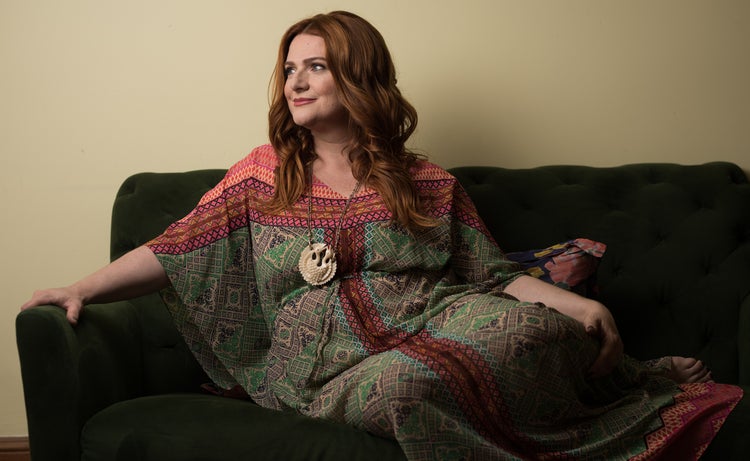
Elana Kilkenny shows how your home and workspace can serve you better.
Stop, look and listen. That’s how Elana Kilkenny says you’ll begin to find out how to create sacred space at home or at work—and by sacred space, she means an environment that has meaning for you. “I always think of your home also as giving you fuel for going out into the world and for what you want to create,” she says, and that goes for your work environment, as well.
Kilkenny’s approach to meaningful space is practical and also a little magical, in the sense that she encourages clients to follow their intuition to experiment a little and allow for the pleasant surprise or the unexpected. Adding things or throwing things away—actions frequently associated with space design—are two steps that Kilkenny says should be reconsidered, and later in the process than you might think.
Intuition is the start of a meaningful space
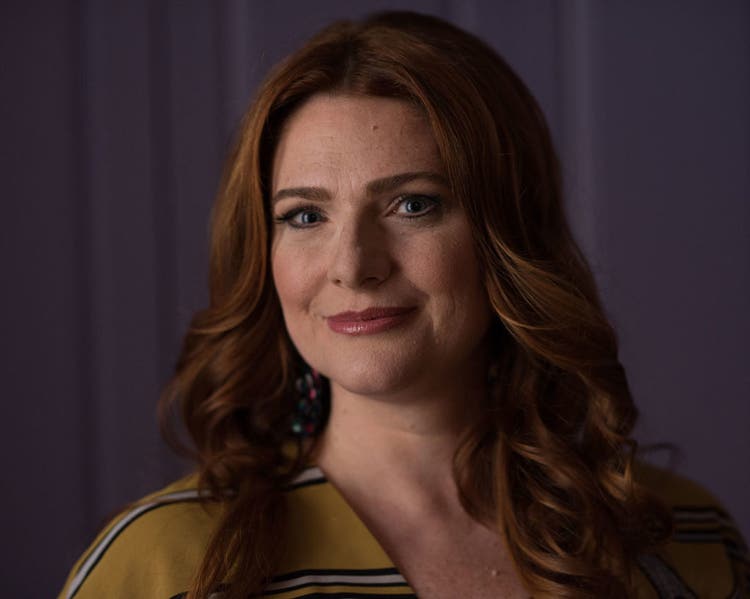
At the heart of Kilkenny’s sacred space design practice is her work as an intuitive counselor. Sometimes her clients work with her in one discipline and sometimes in both—as one area informs the other. It’s a path that she never would have imagined for herself. In hindsight, she can see how a difficult childhood (in a home with a view onto a blank street) taught her to compartmentalize her feelings and ignore her intuition.
She graduated from New York University and worked in public relations and marketing, but her first clue to her gifts came when she quit a job on her second day. “I told my boss all the things that I was seeing interpersonally between the people who were working there that just wouldn’t work for me,” Kilkenny said. Her boss asked her to stay on, remarking, “You should be actually helping businesses and people connect better with each other because I don’t know how you knew all that within two days.”
Meanwhile, persistent migraines prompted Kilkenny to seek out alternative treatment. She brushed off the comments the healers made that she was one of them. She enrolled in a feng shui certification program, and an instructor joked that eventually she would have to acknowledge her psychic gift of understanding the stories that spaces held. Kilkenny finally began to see a pattern in disparate events in her life.
Misconceptions about meaningful spaces
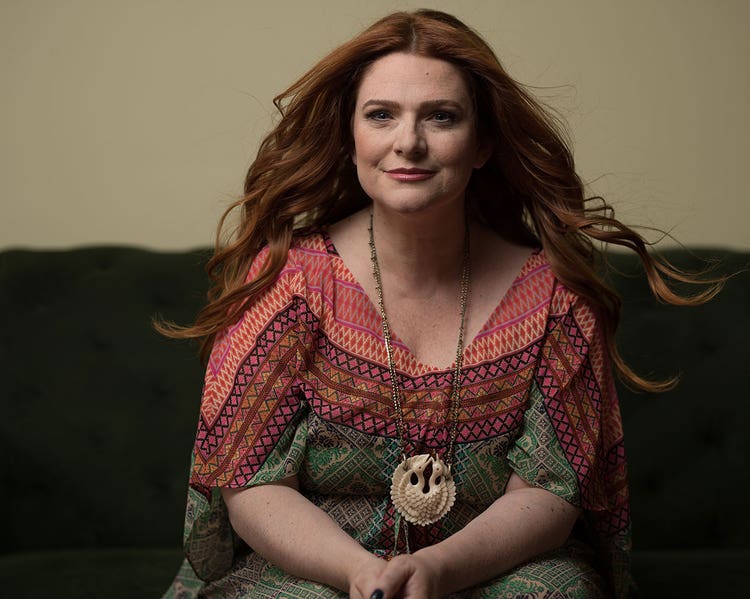
When Kilkenny took a fresh look at her own space, she realized that it held the story of her childhood, too. The rooms were well-designed, but the closets were crammed, a reflection of a childhood of compartmentalizing to keep the messy, emotional parts of life out of sight.
The process of creating her space took thought and time. Kilkenny says one common misconception is about the importance of clutter clearing. We invest meaning and energy in our belongings, but the impulse to constantly throw away and start fresh also can reflect someone’s difficulty integrating disparate parts of his or her life. Kilkenny says it’s crucial to balance past, present and future, so she allows time in between sessions for clients to integrate what they have.
Even as Kilkenny encourages people to start thinking about what they’re creating and “take authorship” of their living space, she also gives very specific information about colors, textures and fabrics, and even objects and images. She heads off another misconception about the expense of creating your space: “It does have to be beautiful, workable and fit within your budget. It also energetically has to make sense with your life. … And it doesn’t have to be done all at once.”
Kilkenny recommends several techniques to nurture your intuition and inspire your ideal space for life or work, or both.
1. See your home differently
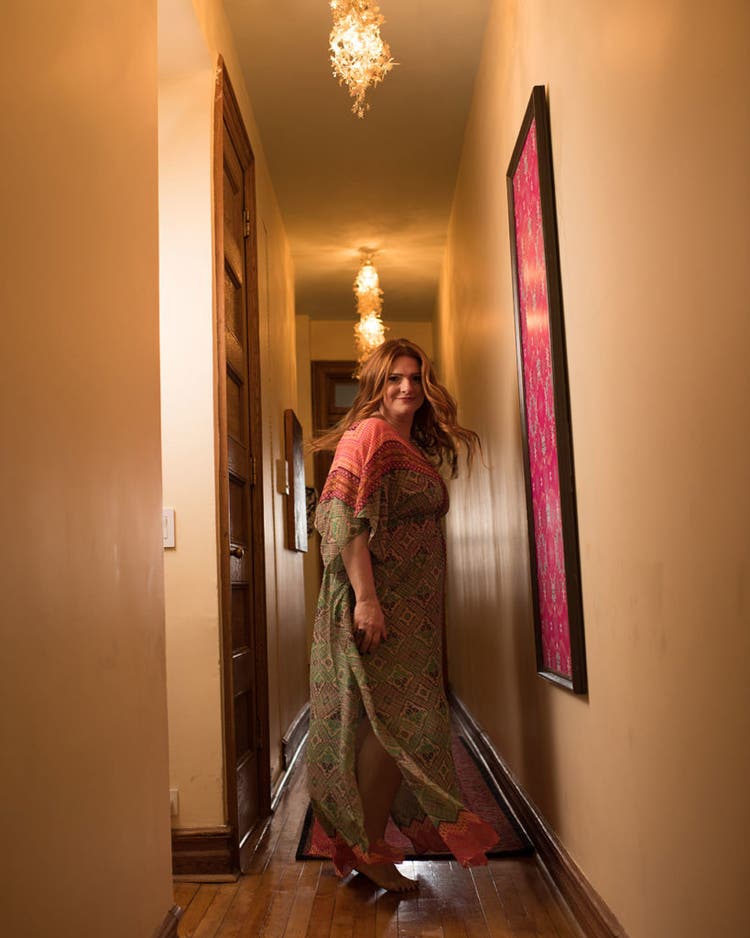
- When you begin to see your space through fresh eyes, it can be overwhelming. “There’s gold there,” she says of that sort of realization. “It started opening my eyes to what needed to change in my home because it really wasn’t nourishing—that is, giving you fuel for going out into the world and for what you want to create.”
- Kilkenny recommends a “front-door assessment.” Schedule a time when you’re not rushing into your home.
- Don’t put the key in the door right away. Stand in front of your home, close your eyes for a minute, take some breaths, and ask yourself to see your home through new eyes and to be present to your home. The rules are that you’re going to observe, have a sense of humor about it and just collect information.
- Try entering the house a different way, such as taking your shoes off before you enter or turning the door knob with the opposite hand. Use your phone’s voice-memo function to make notes.
- As you walk through, note what’s around you, what pleases you, what might be disruptive, what things you don’t even see anymore and any colors or textures.
- As you make notes, you don’t have to plan a costly or perfectly timed action. “It could just be moving something to see it differently,” she explains, “or putting something away for a while because you need a break from it and you need to see if you still love it. … If it doesn’t work, you change it back. ‘Architectural Digest’ isn’t going to be coming over to videotape you.”
2. Don’t forget your car is a sacred space
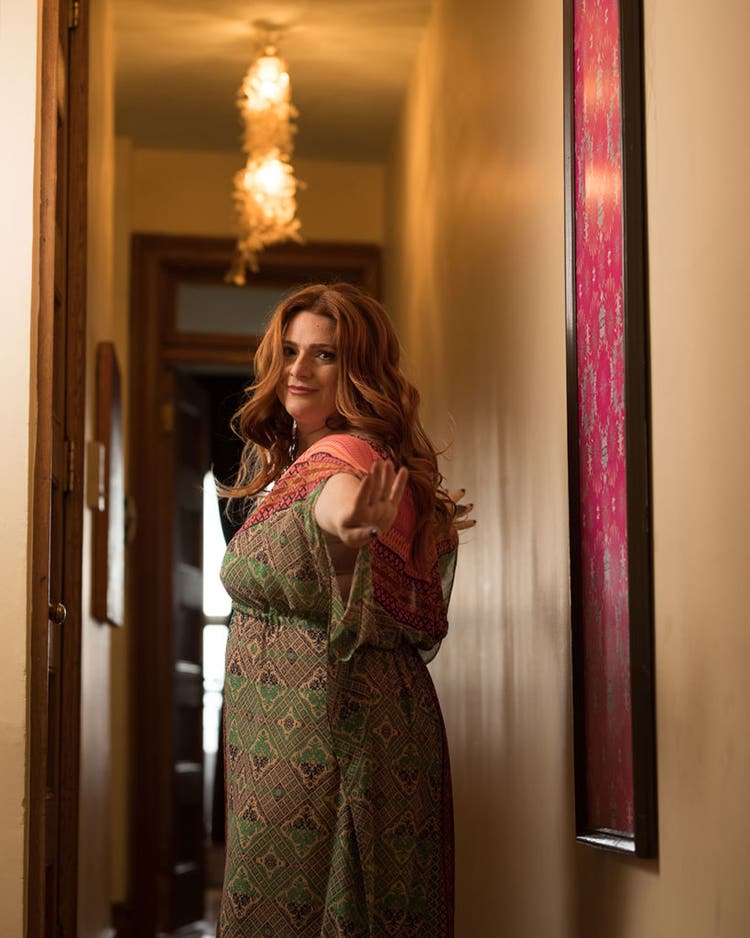
Kilkenny considers car interiors as being space for transitions; after all, you’re going from one place to another. She often thinks about what helps during transitions: For her, personally, it’s a book or a photo in the glove compartment that grounds her and helps bring more joy or more clarity to being in transition.
Music changes energy in a home, or in any space, as well. So Kilkenny advises being more conscious in your choice of the music. For instance, sometimes if you’re sad, it’s wise to honor that and listen to sad music; it can be cathartic and healing. But other times, it can just be you being seduced by sadness and spiraling into it. She says never underestimate the transformative power of a song that helps you rise up in your joy.
3. Listen to your walls—or your wardrobe
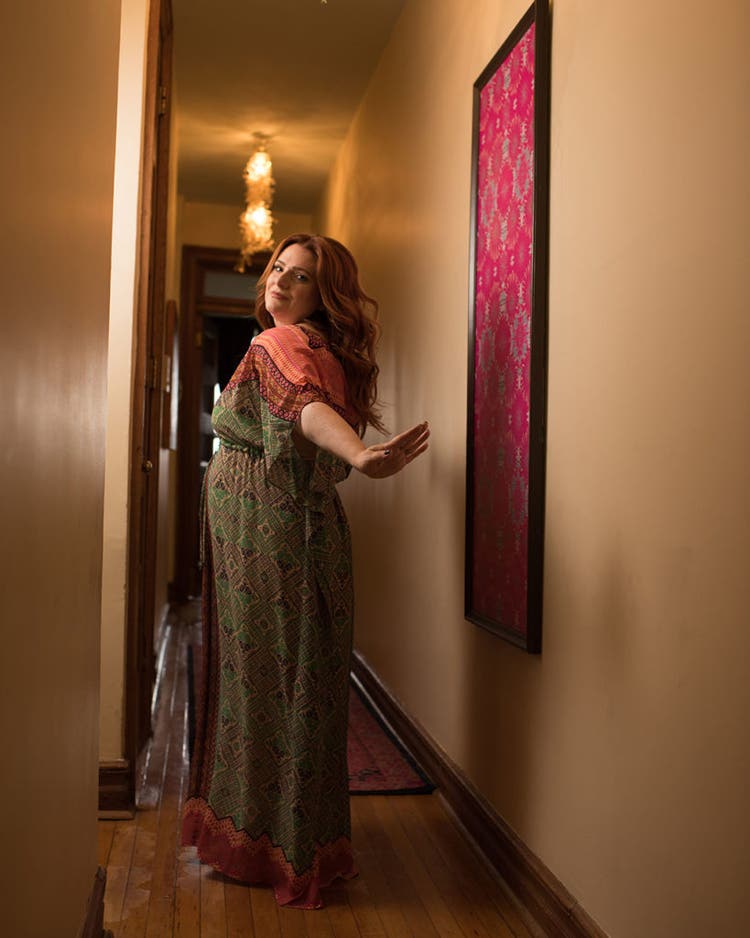
One of the most important things Kilkenny advises is to listen to what story your space is telling for or about you—not only visually but also the sense of the people in the space or what happens in a space. “The walls hold memories, voices, images,” she says. “And especially if we’ve now been living in a place for a while, too, we have our own associations with spaces, like, ‘I had that fight with that ex-boyfriend in that room’ or ‘That’s something that my aunt gave me and I really hate it, but I have to display it in case she comes by.’”
When you’re in a space, you can get a sense of what reactions it sparks in you. “It doesn’t always have to be joy,” Kilkenny says. “There are little corners that I have in my [apartment] that just are quieter and that remind me when I pass them to actually meditate or get quieter.”
Color can be enlivening and a creative influence in sacred spaces. What Kilkenny finds fascinating is many people she knows who work in creative fields need very color-neutral spaces. “They work in color all the time, so much so that they actually need a rest from it” in order to come back recharged, creatively,” she says.
For other people, living in a space that’s primarily neutral tones also can indicate a fear of color or lack of self-confidence in creating meaningful spaces. “Often, people think that they don’t know how to put things together,” Kilkenny says, “but people do have a style of some sort: Just look at your own wardrobe and accessories.” Your closet can be your starting point for inspiration—and not simply for a clean-out.
Instead of throwing away, let go

In the process of reconsidering her space, Kilkenny came to an important conclusion. She had journals from “years and years and years and years” of writing. As she reread some of them, she realized she was repeating an endless loop of unhappiness, and thought, “I actually don’t want that tape playing in my life anymore.”
It made the decision to keep the journals—or not—an exercise in letting go rather than throwing things away. “It changed something in me because just making that choice was a huge shift,” she says. “And so things in my life started shifting accordingly and I met my now-husband, the first healthy guy who had a smile of his own.” That led Kilkenny to understand that she didn’t have to be the designated “healthy person” in her relationship and the only person in control of the couple’s emotional health.
Letting go opens up a space in life—and in your home—for something new. Kilkenny’s instinct led her to get two bedside nightstands. It was “good feng shui training,” but now she recognizes it was just as much about making room for her future husband to come into her life. Today, letting go means making room for mutually meaningful choices in their lives.
“I’m not getting stuck on, ‘This vase means more to me than you being happy here’ or ‘I love this chair even though I know you’re uncomfortable in it,’ she explains. “It’s more important to me that you’re comfortable.” Kilkenny laughs and adds, “And we can still make sure its replacement is beautiful.”
To schedule your own Intuitive Counseling Session or Sacred Space Design Consultation with Kilkenny, email her at info@elanakilkenny.com. Looking for more guidance, clarity, inspiration and empowerment? She offers sessions, nourishing writing and videos via her website elanakilkenny.com/.
Follow Kilkenny on Instagram, @elanakilkenny and @sacredhomedesign or Facebook, @elanakilkenny.
Photo credit: Mark Kuroda, kurodastudios.com
Hair and Make-up: Mia Delina Escobar